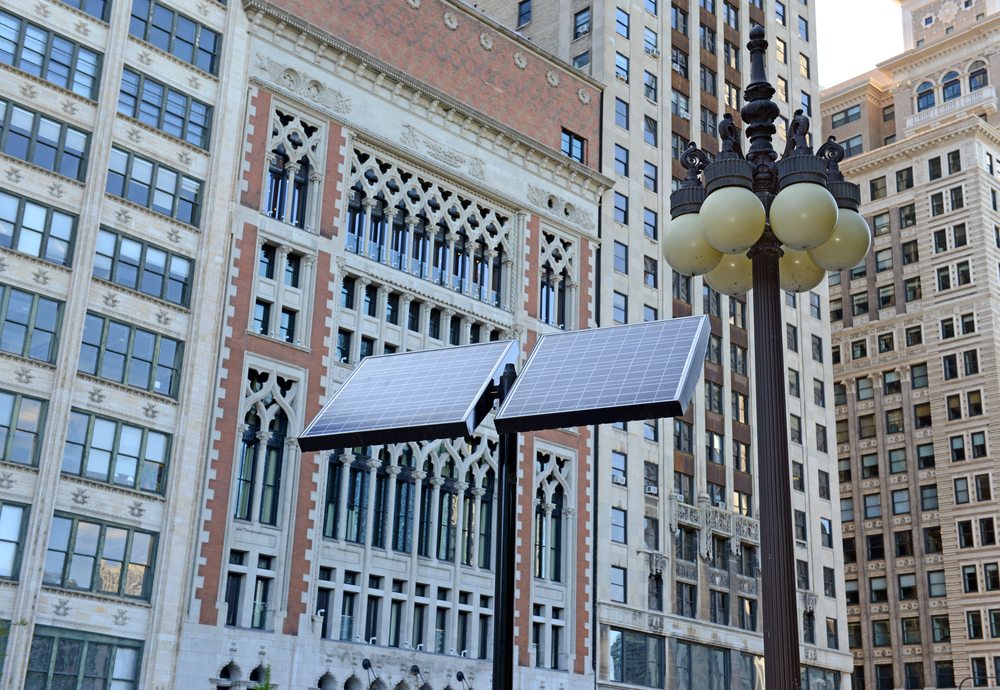Mayor Rahm Emanuel has teamed up with various Chicago organizations to put a new initiative into action. By the year 2025, the City of Chicago, Chicago Public Schools, Chicago Housing Authority, Chicago Parking District, and City Colleges of Chicago will have worked together to make the city’s buildings powered by 100% renewable energy.
The announcement was made on the rooftop of the Shedd Aquarium, which has installed over 900 solar panels as part of its goal to reduce energy by 50%. Prior actions the city has taken toward clean energy include eliminating coal from over 1 billion kilowatt-hours in electricity and installing solar panels at a dozen CPS schools since 2009, earning Chicago a 2017 Energy Star Partner of the Year Award from the EPA. This new plan might be the city’s most ambitious yet, and according to Mayor Emanuel, it really shows that the city is “doubling down” on the effort.
“Today’s action is a historic step forward in establishing Chicago as a clean energy leader,” says Jack Darin, President of the Illinois Sierra Club.
Once the plan goes into full effect, Chicago would be the largest major city in America to have its public buildings using 100% renewable energy. The plan primarily focuses on utilizing wind and solar energy, and consequently, is expected to contribute to the city’s job growth. Purchases for renewable energy equipment are slated to begin next year going into 2019.
The City of Chicago says that itself and participating organizations alone used 1.8 billion kilowatt-hours of electricity last year, making up eight percent of the city’s total electricity. This plan would certainly make a significant dent in reducing energy in the city overall.
This news closely follows the announcement of a federal order to cut back on environmental protection funding across the nation. Other steps the City of Chicago has recently taken toward clean energy include a plan to install a smart lighting grid system over the next four years, replacing 270,000 of the city’s light fixtures with LED bulbs that use 50-75% less energy.


